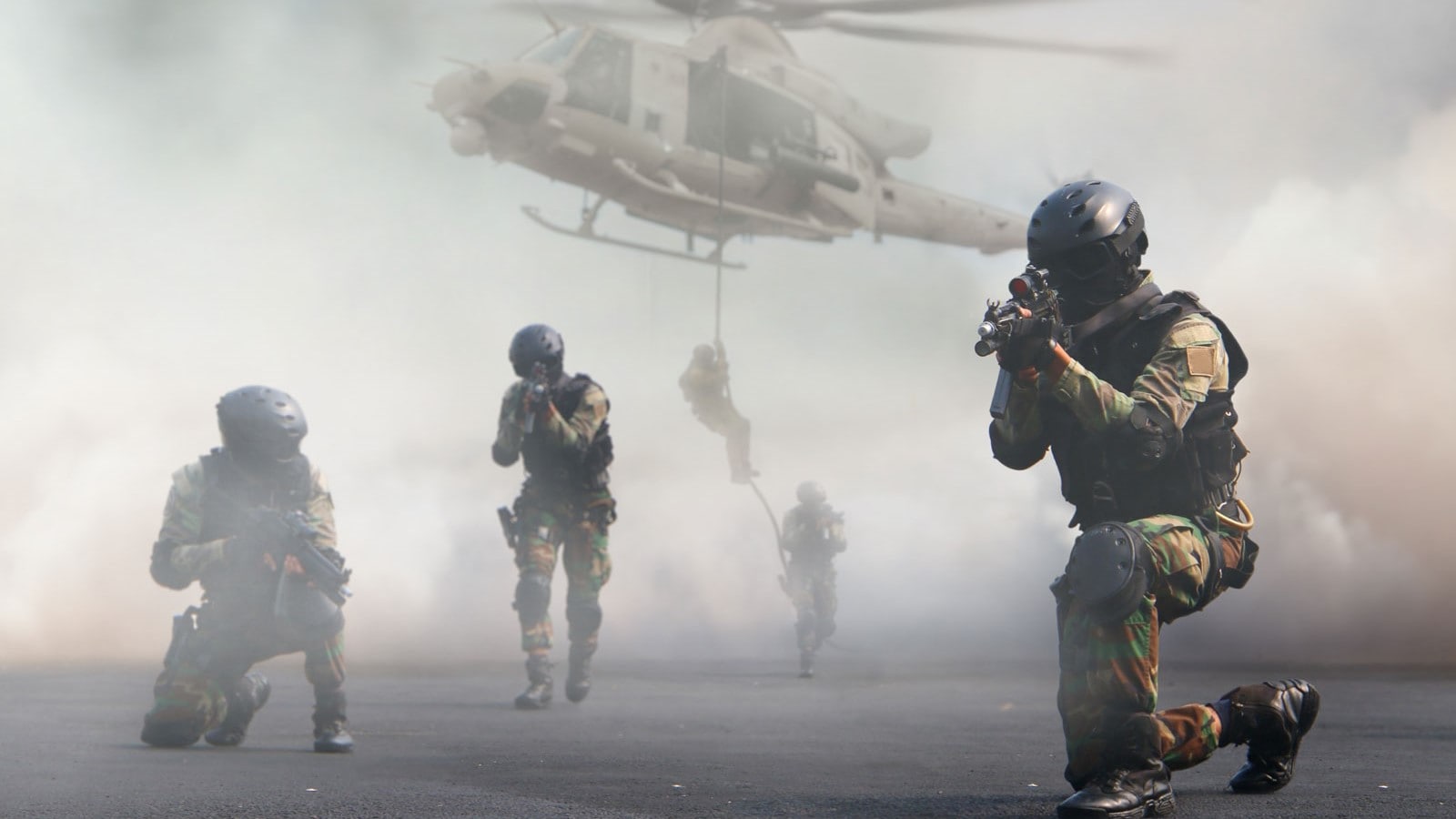An average of 446 people, roughly the capacity of eight buses, were stuck on a single flyover at any given time, according to urban transport expert Prashanth Kumar Bachu, who spoke at a session on Sunday (June 8, 2025). Citing the Begumpet flyover as a case in point, he argued that such infrastructure projects merely relocate congestion rather than resolve it.
“Flyovers are not symbols of development,” he said. “They are responses to induced demand, built primarily to accommodate the growing number of private vehicles.” He warned that this approach does little to ease traffic and instead intensifies urban mobility issues.
Mr Bachu underscored the impracticality of continuing to rely on long-term, high-cost infrastructure as a solution. Hyderabad, he said, would need over 2,000 flyovers, requiring ₹50,000 crore and a century to build, to address projected vehicle volumes. Similarly, over 300 kilometres of metro rail would demand upwards of ₹75,000 crore and could take anywhere between 10 to 40 years to complete. “Even doubling the current road space will not be enough,” he said, “as this would come at the cost of footpaths, trees and other essential urban functions.”
Against this backdrop, Mr Bachu stressed that the city’s immediate relief lies not in more construction, but in more efficient use of existing roads through better urban design. “Designated lanes and road space for buses and pedestrians are the only viable short-term measures,” he said. “By simply reorganising road space, we can start making an impact now.”
Cost of car-centric planning
The expert highlighted a decades-long shift in transport behaviour that has contributed to worsening congestion. Between 2001 and 2011, the share of private vehicles in the city jumped from 15% to 34%, while public transport usage declined from 41% to 32%. This trend, he said, has only deepened in the years since.
A stark imbalance in road space usage was also laid bare - cars account for just 11.8% of motorised trips in Hyderabad but occupy 37.1% of the city’s road space. In contrast, buses handle 34.5% of trips while using only 9.2% of the available space.
“This is not merely a question of social status,” Mr Bachu said. “It is a deliberate outcome of policy and market incentives. Cars have been made increasingly affordable, and infrastructure continues to reward their use.”
He cited the example of an IT company in Hitec City, suggesting that simply incentivising employees to take public transport could reduce 10,000 car trips a day. Extending this approach across all firms in the area could take five lakh cars off the roads daily. “Parking is not a necessity, it’s an incentive,” he said.
Mr Bachu also drew attention to public health and safety, noting that Hyderabad records over 1,400 road fatalities each year, 44% of which involve pedestrians. “This is the cost of neglecting pedestrian infrastructure,” he said.
With transport contributing nearly 70% of Hyderabad’s air pollution, the city ranks ‘unhealthy’ on the national Air Quality Index. According to data cited by the expert, pollution accounts for over 6.27 lakh premature deaths annually across India, while physical inactivity linked to car dependency contributes to an additional 4.36 lakh deaths.
Call for strict planning and enforcement
Among the immediate solutions proposed were dedicated lanes for buses and non-motorised transport, prioritisation of pedestrian movement, and strict enforcement of lane discipline. Mr Bachu said 300 to 500 kilometres of existing roads are suitable for immediately introducing designated bus lanes, enabling at least 500 more bus trips along those routes without adding new buses or requiring fresh investment, simply by reducing traffic delays.
Some of these corridors include Patancheru to Mehdipatnam and all the way to Lakdi Ka Pul, Road number 1 and 3 of Banjara Hills, Kukatpally Y junction to Medchal, Bowenpally to Secunderabad Railway Station, Uppal X roads towards LB Nagar, LB Nagar metro towards Hayathnagar and NTU - Hitech City - Kondapur - Alwyn X road. These routes, he said, offer enough width and demand to support dedicated bus lanes without disrupting the regular traffic flow.
He also suggested closing select crossroad segments to cars in order to streamline public transport movement and improve safety.
Mr Bachu argued that there is a pressing need to hold accountable the engineers and planners responsible for designing road stretches that have repeatedly turned into accident-prone black spots.
The session was attended by civic advocates and transport professionals, who discussed the need for urgent, practical measures that improve mobility and urban liveability without waiting decades for mega infrastructure to catch up.
Published - June 09, 2025 05:33 am IST



.png)
.png)
.png)
















 4 hours ago
7
4 hours ago
7







 English (US) ·
English (US) ·